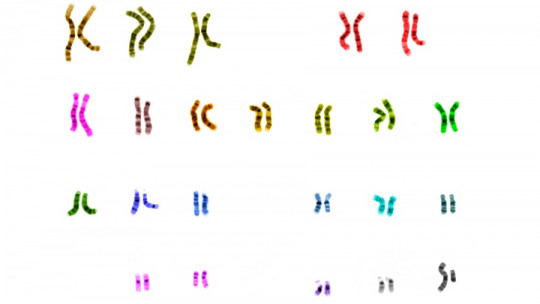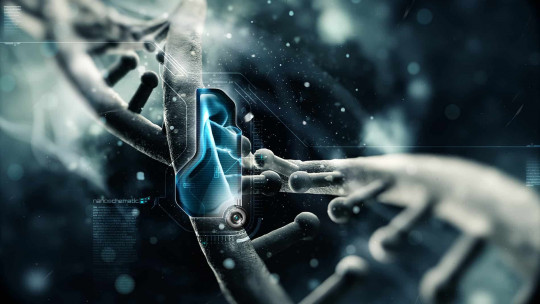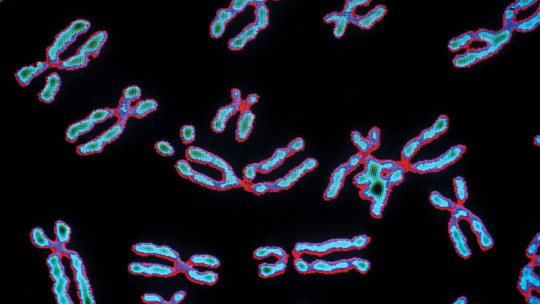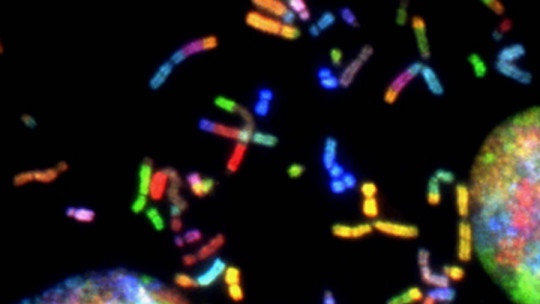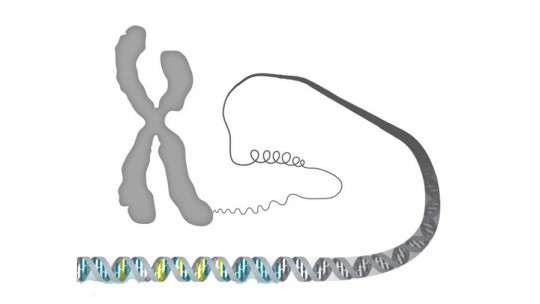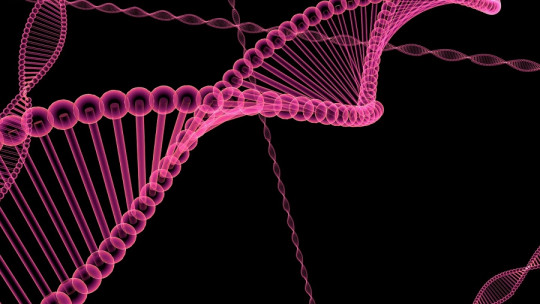Heredity is the basis of evolution. Changes in the genes of living beings occur through random mutations, but if these are heritable from parents to children, it is possible that they end up becoming fixed in a population of a given species. For example, if a genetic mutation in the DNA encodes a more striking coloration in males of a specific species, they may reproduce more easily, transmitting their genes to future generations.
Some mutations are neutral, others are deleterious, and a minority are positive. In the example that we have shown you, a new positive characteristic ends up “fixing” in the species, since those who present it have more children and, therefore, spread their genes exponentially with each generation. Broadly speaking, we have just told you about the evolutionary mechanisms by natural selection.
In any case, not everything is so simple in the world of genetics. When the sexual gametes are produced that will give rise to a zygote, half of the information comes from the mother and the other from the father, but we are not always talking about exact genetic copies. Get to know us the chromosome permutation mechanism Therefore, together with the mutations mentioned above, it represents one of the strongest bases of evolutionary processes in the natural environment.
Chromosomes and sex
Before entering fully into the world of chromosome permutations, it is essential that you understand certain genetic bases that are taken for granted in chromosome theory. All our somatic cells, those that give rise to our tissues (neurons, adipocytes, epithelial cells, monocytes and a very long etcetera) divide by mitosis if they have the capacity, that is, they give rise to 2 exactly the same cells where there were before. a parental one.
In this case, genetic information is duplicated, but remains unchanged in the cell line These cells are diploid, or in other words, they have 23 pairs of chromosomes (22 autosomal pairs, one sexual pair), of which one pair comes from the mother and another from the father. Thus, each of our cells has a total of 46 chromosomes.
Sex cells (eggs and sperm) are a completely different world. These need to have half the genetic information of somatic cells, since they are going to join another gamete to give rise to a viable zygote. If the eggs and sperm had the same chromosomes as the cells in our body, when they joined together they would give rise to a fetus with 92 chromosomes (46×2), right?
To solve this problem there is meiosis. In this process, unlike mitosis, 4 haploid cells (with only 23 chromosomes) are generated from a diploid one, which we remember contains a total of 46 Thus, when two haploid gametes fuse, they give rise to the diploid germ line that defines each and every cell in our body.
What is chromosome permutation?
You may wonder why such an extensive introduction was needed, but it was essential, since chromosomal permutation, along with crossing over, occurs within a cell during meiosis (more specifically, in prophase and metaphase), which enables sexual reproduction through the mechanism already described.
So that, Chromosomal permutation can be defined as the process by which chromosomes are randomly distributed among haploid daughter sexual cells (n) as a result of the division of a diploid cell (2n) This occurs based on the placement of homologous chromosomes, which are located at the Equator of the cell before division, during metaphase I of meiosis.
Once these genetic structures have been located in the center of the cell, the mitotic spindle “pulls” them and distributes half of the information to one pole of the cell and the other to the other. Thus, when cytoplasmic division occurs and two cells are formed where there was one before, both will have the same amount of genetic material, but of a different nature.
From a mathematical point of view, the possible chromosomal permutations in humans can be obtained in the following way:
223= 8,388,608
We explain this formula quickly and easily. Since the number of chromosomes in the human genome is 23 pairs (22 autosomal + 1 sexual), the number of possible chromosome permutations during meiosis will be 2 to the power of 23, with the impressive result of more than 8 million different scenarios This random orientation of the chromosomes towards each of the poles of the cell is an important source of genetic variability.
The importance of chromosomal crossing over
Chromosome crossing over is defined as the exchange of genetic material during the process of sexual reproduction between two homologous chromosomes within the same cell , giving rise to recombinant chromosomes. At this point, it is necessary to highlight that the term “homologous” refers to chromosomes that form a pair during meiosis, since they have the same structure, the same genes but different information (each one comes from a parent).
We do not want to describe meiosis in its entirety and, therefore, it will be enough for you to know that the chromosome permutation occurs in metaphase I, but crossing over takes place in prophase. At this time, the homologous chromosomes form a bridge called “chiasm”, which allows the exchange of genetic information between them.
So, This exchange gives rise to two recombinant chromosomes, whose information comes from both the father and the mother, but is organized differently from the parental ones We have mentioned this meiotic mechanism because, together with chromosomal permutation, they represent the bases of genetic variability in the inheritance mechanisms of living beings that reproduce sexually.
The biological importance of chromosome permutation
Point mutations, chromosomal permutations and crossovers between homologous chromosomes are essential to understanding life as we perceive it today. All its functionality and biological meaning are summarized in a single word: variability.
If all the specimens in a population are genetically the same, they will show a series of (almost) identical physical and behavioral traits, so they will be equally prepared and/or adapted to changes in the environment Evolutionary forces are not “interested” in this scenario, since if drastic variation occurs and the entire species responds in the same way, it is likely to become extinct over time due to lack of biological tools.
A clear example of this can be seen in some breeds of dogs and other domestic animals, which have been harshly punished for the effects of inbreeding, a product of genetic selection by humans. Reproduction between relatives results in homozygosity, that is, the loss of genetic variability. This phenomenon is known as “inbreeding depression” and the less availability of alleles in a population, the more theoretically likely it is that it is headed for extinction.
Finally, it is necessary to emphasize that we are not speaking on conjectural grounds. With these two pieces of information you will understand what we mean: 6 out of 10 golden retriever dogs die from cancer, and up to 50% of Persian cats have polycystic kidney disease. It is clear that the lack of genetic variability translates into diseases in the short term, and in the nonviability of an entire species in the long term
Summary
In this space we have taken the opportunity to focus on chromosome permutation from an evolutionary rather than a physiological point of view, since we believe that it is much easier to understand such abstract phenomena with concrete examples and the consequences they cause. If we want you to leave with an idea, this is the following: DNA mutations, chromosomal permutations and crossing over are the basis of inheritance in species that reproduce sexually Without these mechanisms, we would be doomed to evolutionary failure.
Now, we close with a question that will leave more than one reader baffled: if the mechanisms of genetic variability take place during sexual reproduction, how is it possible that there are species that have survived with asexual propagation systems throughout history? ? As you can see, there are issues that still escape us.

